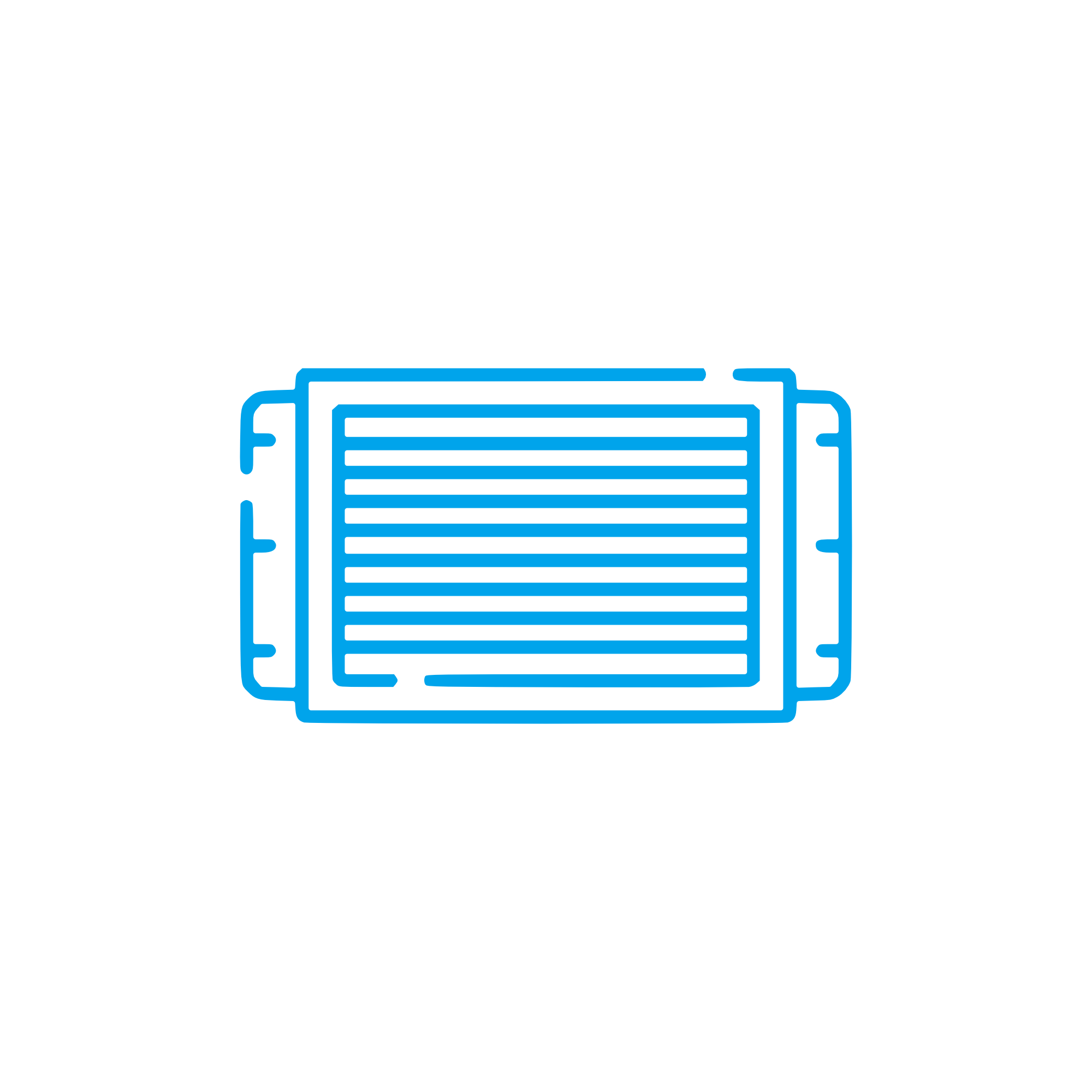HEADER TANK Coolers for Marine and Diesel Engines
Coolers are critical heat exchangers that stabilize operating temperatures in marine and stationary power plants. As a component category, Coolers include jacket water coolers, charge air coolers (intercoolers/aftercoolers), lube oil coolers, and fuel coolers. Their job is to remove heat from vital media—air, coolant, and oil—so engines can run at their design window for output, efficiency, and emissions. In closed-loop systems, a HEADER TANK complements Coolers by controlling expansion, deaeration, and static head, ensuring the cooling circuit remains stable under every load profile.
In a marine engine or large diesel engine, heat loads can fluctuate dramatically with sea state, ambient conditions, and load changes. Coolers mitigate these dynamics, protecting liners, cylinder heads, turbochargers, bearings, and injection equipment. Whether built as shell-and-tube, plate heat exchanger, or fin-and-tube assemblies, well-specified Coolers convert thermal stress into predictable, manageable operating conditions—keeping fuel consumption and maintenance budgets under control.
Technical function of Coolers and HEADER TANK in a diesel engine
Coolers remove waste heat from working fluids. The jacket water cooler maintains metal temperatures within tight bands, preventing bore polishing and thermal distortion. The charge air cooler increases air density after compression, improving combustion efficiency and specific power; lower intake temperatures also reduce NOx formation. Lube oil coolers keep viscosity in the optimal range, preserving hydrodynamic film strength on bearings and piston cooling jets. In marine service, a central cooler often transfers heat to seawater via cupronickel or titanium tubes to combat corrosion and biofouling.
The HEADER TANK in a marine engine or land-based diesel engine provides an elevated reservoir for expansion and acts as a primary deaeration point. Positioned above the highest point in the cooling circuit, it supplies static head to help prevent vapor pockets and maintain positive suction conditions for coolant pumps. By capturing entrained air, the HEADER TANK reduces cavitation risk in pumps and hotspots in cylinder heads. In systems using OEM parts across coolers and the HEADER TANK, level control, pressure relief, and sensor integration work together to keep the thermal balance stable from idle to overload.
Key characteristics and advantages of Coolers
· Stabilize coolant, oil, and charge air temperatures.
· Improve combustion efficiency and fuel economy.
· Protect turbochargers, liners, and bearings from thermal stress.
· Reduce NOx and particulate emissions via lower intake temperatures.
· Maintain oil viscosity and extend lubricant life.
· Resist seawater corrosion with correct metallurgy and coatings.
· Facilitate maintenance through pull-out bundles and cleanable passages.
· Support engine derating avoidance under high ambient conditions.
Importance for reliable engine operation and service life
Consistent temperature control is fundamental to reliability. When Coolers foul with scale, silt, or biofilm, heat transfer drops—jacket water temperatures rise, charge air gets hotter, and lube oil thins. The consequences are immediate: power loss due to lower air density, increased fuel burn, detonation margins shrinking, and higher thermal gradients across cylinder heads. Over time, this accelerates gasket fatigue, liner wear, and bearing distress.
Leaks in shell-and-tube coolers can cause cross-contamination, such as seawater ingress into the closed cooling loop, leading to chloride-induced pitting and corrosion. Stressed or aged elastomers in cooler seals can also introduce bypass flows that undermine effectiveness. If the HEADER TANK is undersized, incorrectly located, or not maintained, air pockets form in high points, pumps lose net positive suction head, and cavitation damages impellers and liners. Proper function of both Coolers and the HEADER TANK directly correlates with uptime, predictable maintenance intervals, and the long-term integrity of diesel and gas engines.
Advantages of OEM spare parts suitable for Coolers
Specifying OEM spare parts suitable for Coolers ensures dimensional accuracy, material compatibility, and the thermal performance the engine was designed around. Tube bundles, plates, gaskets, and fin matrices built to the correct specifications deliver repeatable heat transfer and pressure drop characteristics. This precision matters for load acceptance, emissions, and component longevity.
For seawater-cooled systems, correct alloy selection (e.g., cupronickel, duplex stainless, titanium) and proven brazing/welding procedures prevent premature corrosion. For charge air coolers, the right fin geometry and brazed core integrity sustain boost response and turbo efficiency. With the HEADER TANK, OEM parts for caps, level sensors, and relief devices maintain the exact pressure regime the system needs to avoid boiling, vapor lock, and cavitation.
· Consistent thermal performance preserves power and efficiency.
· Tight tolerances reduce installation time and unplanned downtime.
· Materials and seals matched to media and temperature extend service life.
· Predictable lifecycle costs protect the maintenance budget.
· Integration with sensors and controls supports safe operation.
MOPA as your partner for OEM parts: Coolers and HEADER TANK
MOPA is an experienced, reliable partner for OEM spare parts suitable for Coolers and the associated HEADER TANK assemblies. We focus on speed, quality, and security in the global trade of OEM parts for diesel and gas engines—supporting shipowners, power plant operators, and service companies with traceable sourcing and efficient logistics. From tube bundles and PHE plates to charge air cooler cores, gaskets, caps, and level devices for the HEADER TANK, MOPA helps you restore heat-exchanger performance fast and with confidence in fit and function.
Conclusion: Coolers and HEADER TANK in marine and diesel engines
Coolers safeguard performance, efficiency, and emissions by controlling temperatures across coolant, oil, and intake air, while the HEADER TANK stabilizes the circuit through expansion control and deaeration. Choosing OEM spare parts suitable for Coolers and the HEADER TANK protects reliability, optimizes budgets, and extends the service life of diesel and gas engines.


